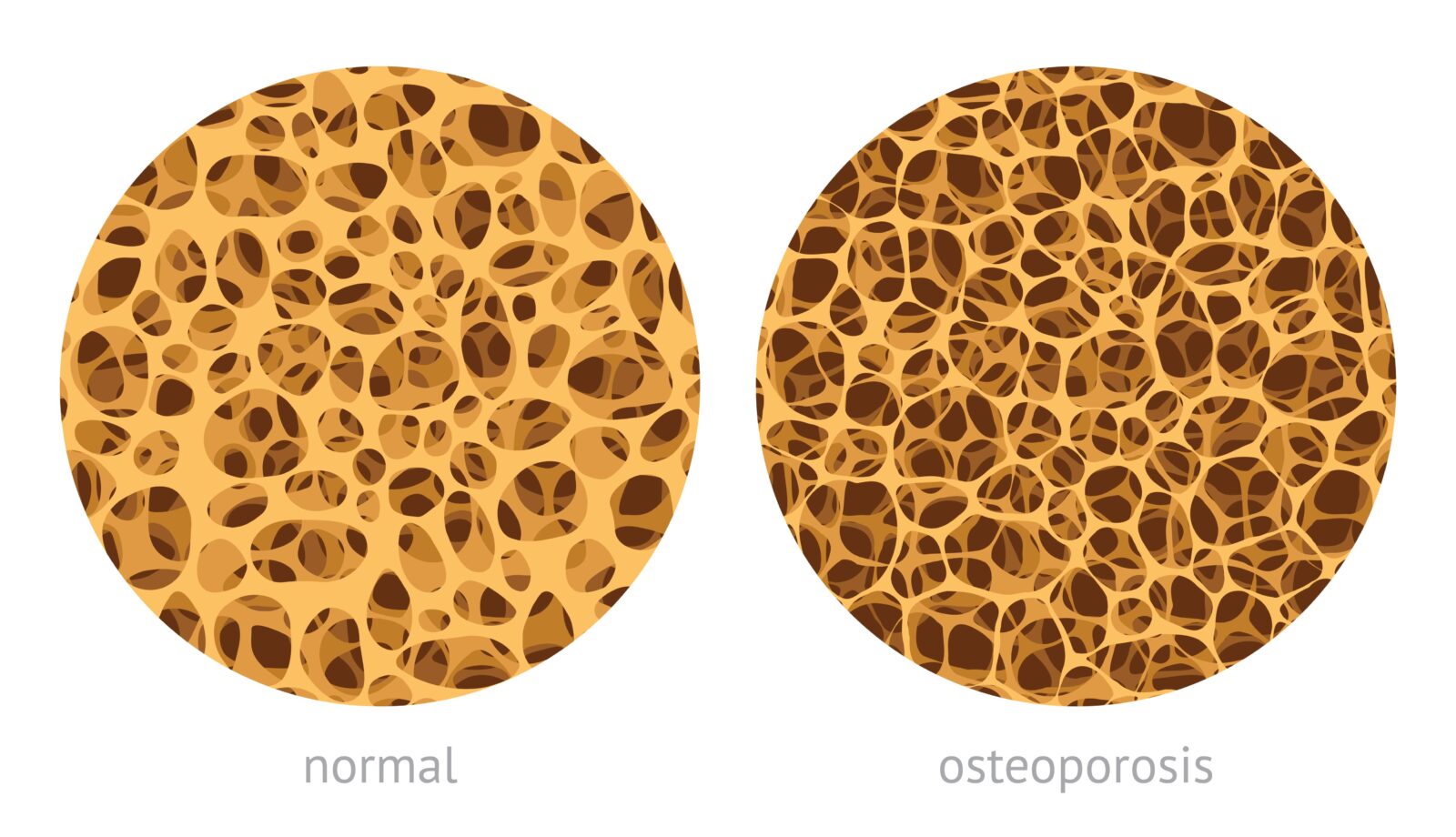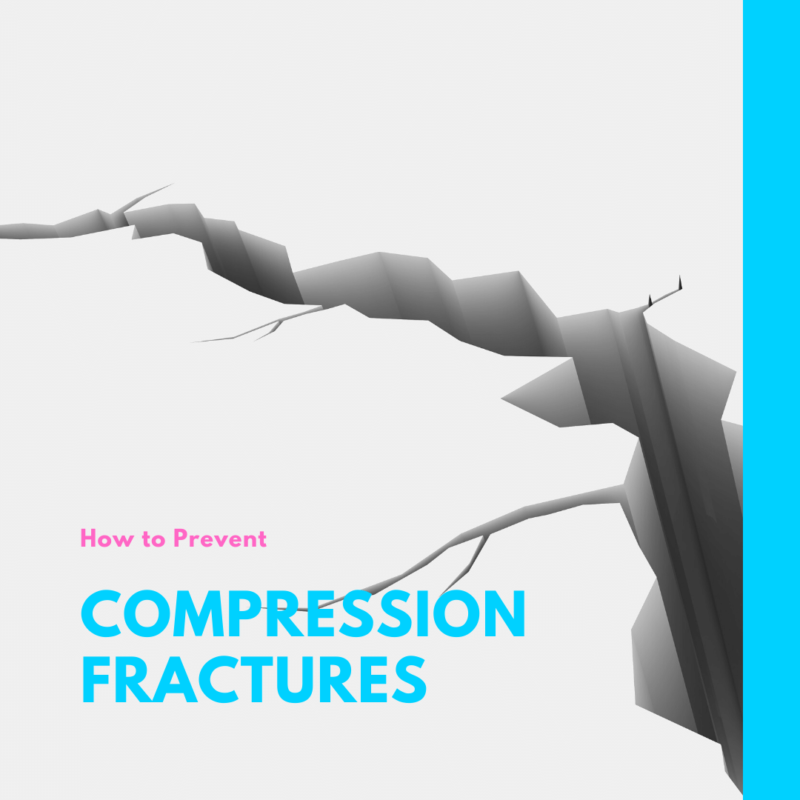According to the American Academy of Orthopaedic Surgeons (AAOS), spinal fractures occur twice as often as hip and wrist fractures in people with osteoporosis. It is estimated that around 700,000 people per year suffer from spinal fractures caused by osteoporosis. With such a large number of people being affected, you may be wondering how to minimize your chances of becoming one of them.
Before getting into how to minimize your risk of spinal fractures, it is important to know more about them. For starters, spinal fractures due to osteoporosis are sometimes referred to as fragility fractures, vertebral compression fractures, or osteoporotic compression fractures. All these terms can be used interchangeably, and they all mean the same thing. Compression fractures occur when osteoporosis causes the bones in the spine to become weak and thin. These changes can happen slowly and may not always be immediately noticeable.

As the spinal bones become weaker and thinner, this causes the vertebrae to become narrow and flat, which ultimately leads to a rounded spine. This rounding of the spine exerts excess pressure on the already fragile vertebrae, which can cause fractures to occur from simple things like coughing, reaching, or twisting.
Although many people may think this is a natural part of aging, it’s not. Luckily, there are some steps you can take to strengthen your spine and decrease the risk of compression fractures. These include:
Moving

Regular motion is essential for various structures in the human body. When it comes to preventing compression fractures, however, you will want to focus on achieving full range of motion and spinal resistance. Spinal resistance, in particular, helps to build up bone density to make your bones stronger. You can accomplish this by walking, possibly while carrying light weights to add resistance. Additionally, yoga, Pilates, tai chi, hiking, and swimming are other ideal exercises to try. However, it is recommended to discuss your exercise plans with your doctor to ensure that they are appropriate for your condition.
Taking Calcium
Most people know that getting enough calcium is essential for strong bones. To ensure that you are getting enough calcium, you may want to speak with your doctor about taking a calcium supplement. It is also recommended to have your vitamin D levels checked. Vitamin D is used by the body to absorb calcium through the small intestine, however many people are vitamin D deficient. Having a vitamin D deficiency can limit the amount of calcium your body is able to absorb, so it is important to also make sure you are getting enough vitamin D. Finally, if you are a smoker, it is recommended that you quit since smoking increases the rate of calcium depletion.
Reviewing Your Medical History
Depending on your medical history, you may be at an increased risk of compression fractures and not even realize it. This is because certain medical conditions, as well as medications can affect bone density. For example, medical conditions such as type I diabetes are known for causing poor bone quality. Additionally, medications like glucocorticoids, aromatase inhibitors for breast cancer, androgen deprivation therapy, proton pump inhibitors, Depo-Provera contraceptives, certain anti-seizure medications (carbamazepine/phenytoin), and diuretics like furosemide have all been linked to possible bone loss.
Taking these small steps can help you to decrease the risk of compression fractures caused by osteoporosis. However, it is also important to speak with an experienced spinal specialist on what specific steps you should take for your individual case. Although this article offers generalized advice, only a spinal specialist can provide personalized recommendations.










